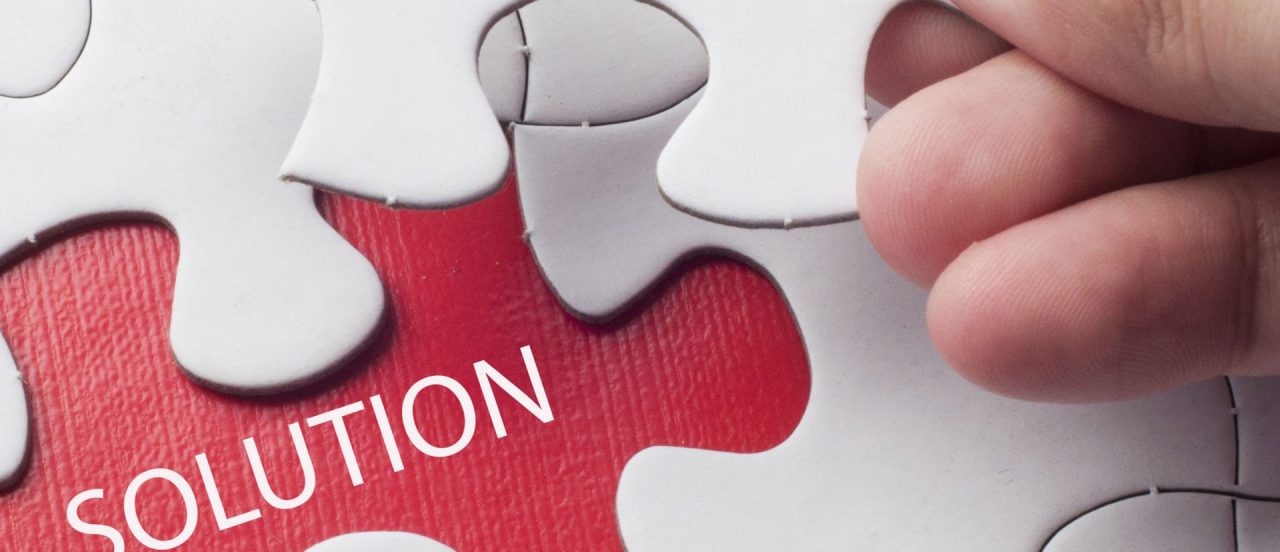Since the term “killer acquisition” was coined last year, many have moved quickly to declaring a killer-acquisition problem in tech and proposing Section 2 of the Sherman Act as a solution. In this article, we urge caution before extending conclusions about killer acquisitions in the pharmaceutical industry to an entirely different industry where product development is less regimented and innovation is more opaque. And we argue that the benefits of Section 2 as a merger enforcement tool are overstated and the added complications, significant.
By Kristen C. Limarzi and Harry R. S. Phillips1
I. INTRODUCTION
“Killer Acquisition.” It’s an evocative term, particularly for such a technocratic field as antitrust law. Perhaps because it is so evocative, the term sometimes has been stretched well beyond its original meaning to refer to “acquisitions I think are anticompetitive.” But the term “killer acquisition” was originally coined by Colleen Cunningham, Florian Ederer, and Song Ma to describe something quite specific: an acquisition – in the pharmaceutical industry in the Cunningham study – in which an incumbent acquires an innovative company that is developing a competing product and shuts down that product development.2
Cunningham and her colleagues estimate that 6 percent of all acquisitions in the U.S. pharmaceutical sector (or 45 of acquisitions each year) are “killer acquisitions.”3 Their study gives rise to the obvious question wheth
...THIS ARTICLE IS NOT AVAILABLE FOR IP ADDRESS 216.73.216.23
Please verify email or join us
to access premium content!

